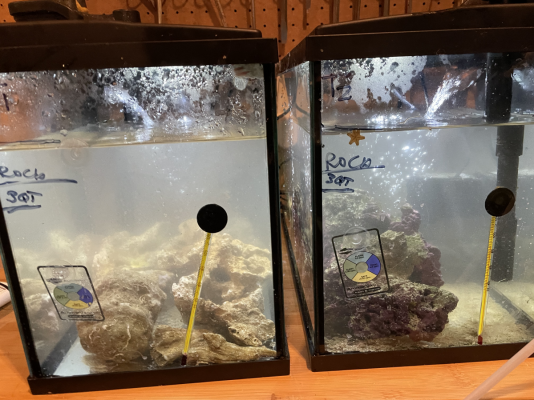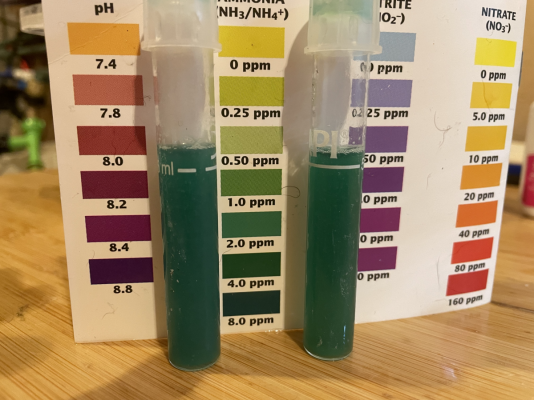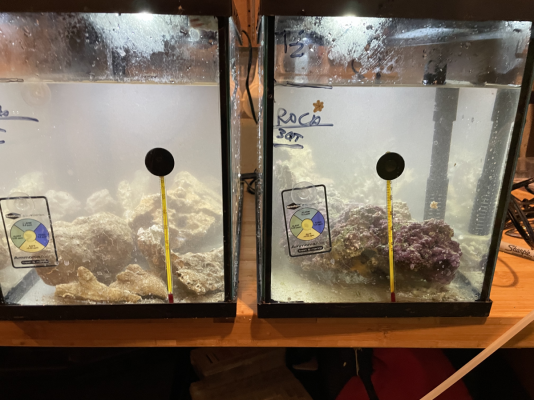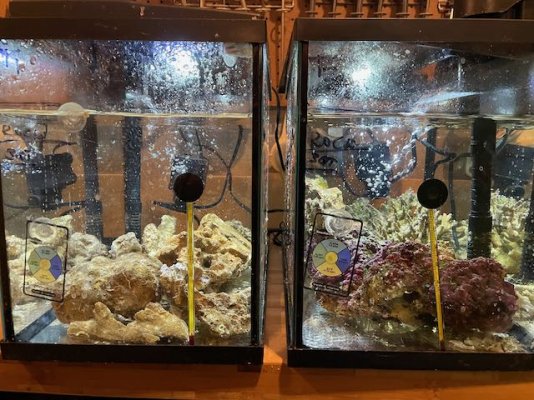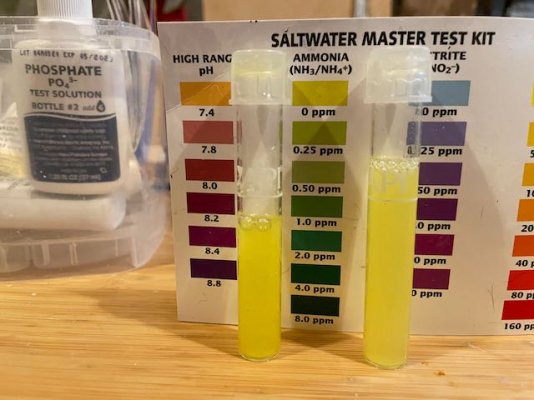- Joined
- Dec 28, 2016
- Messages
- 22,709
- Reaction score
- 21,894
The plan is to 1) Rinse with Saltwater (Done - no effect).If rinsing produces little or no effect, maybe redo the experiment with more “intense” rinsing.
2) Rinse and Scrub with Saltwater
3) Rinse with Tank temp RODI
4) Rinse with Cold RODI
5). Rinse with Warm RODI 104
6) Rinse with tank temp tap water (no chloramine)
7) Rinse with Cold tap water
8) Rinse with Hot (104) tap water.
Then replicate with and without scrubbing.









